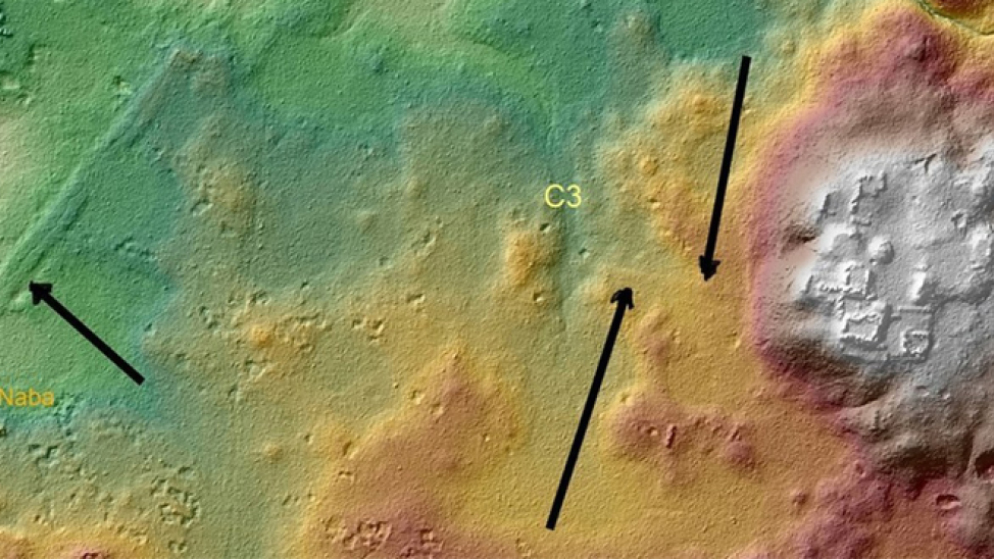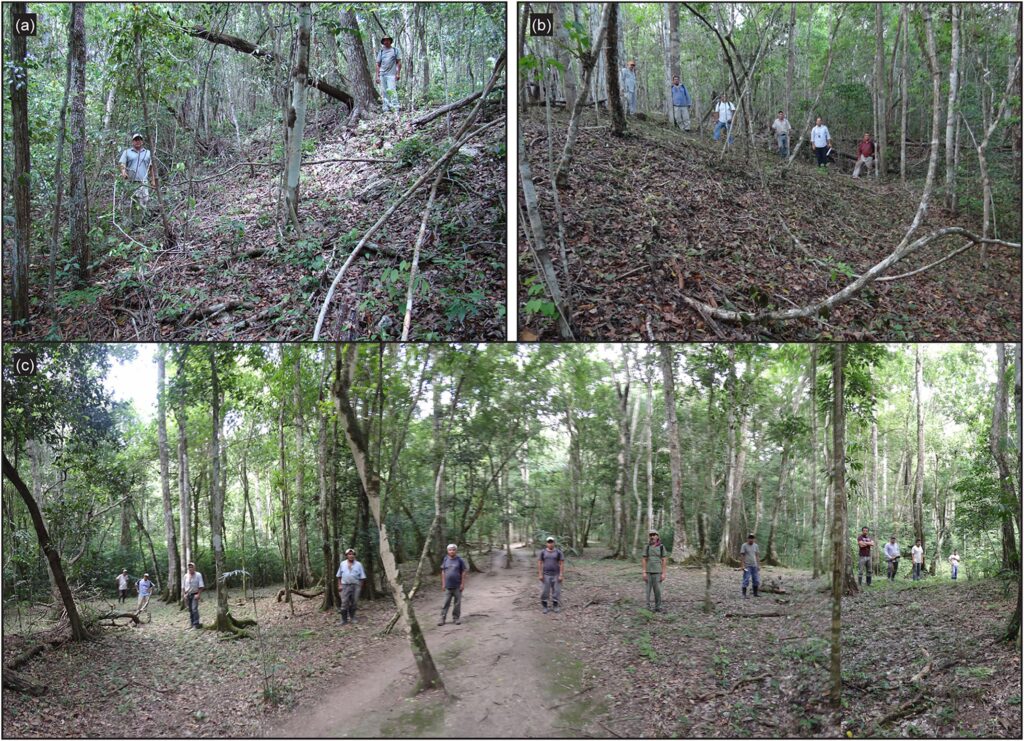Archaeology can tell us about the Social and Political lives of people. One way this can be examined is by the relationship between humans and animals. Since the start of Democracy in the United States there have only been two presidents who chose not to have a pet, James K Polk and Donald Trump (Summers, 2023). While the most popular pet amongst US Presidents is a dog there have been pets ranging from laughing hyenas (Theodore Roosevelt) to mice from the Whitehouse (Andrew Johnson). While examining the pets in this way can be a human centered approach, the examination can give insight into the most intimate parts of presidents and their families as well as what was socially acceptable by society at the time, due to the public facing nature of being a president.
Socially, presidential pets can give a reading of the American people. One example of this can be seen with dogs. With 73% of all Presidents having a dog, they are the most popular pet amongst presidents (Summers 2023). That said, this can also tell us that Dogs are the most popular amongst the American people, the people who elect the president, with 44.5% of American families owning dogs (Megna 2023).
Another example of presidential pets showing what is socially acceptable can be seen by President Teddy Roosevelt’s Hyena, Bill, a gift from King Menelik of Abyssinia from Ethiopia (Bryson Taylor 2020). This shows how over time societies understanding and care for animals has changed. In 1904, when Bill lived in the Whitehouse it was socially acceptable to have an animal that has no place being a city. However, as our society has grown and become less human centered it is now illegal to own a Hyena in the US (Basu 2023), a testament to our understanding of societies understanding of how our actions impact animals.
While these pets can be a pulse on society, they can also give unique windows into people’s lives. An example of this is the naming of animals, showing that they are cared for but also the names themselves can give insight into the people taking care of them. One of Theodore Roosevelt’s 14 pets (their horse Algonquin being one of them, seen in image 2) was his daughter, Alice’s garter snake named “Emily Spinach” (National Park Service 2020). First this seems like a juvenile name there is more meaning behind it with Alice saying that the name was picked, “because it was green as spinach and as thin as my Aunt Emily” immediately showing that Alice had some relationship with her aunt who was a thin individual. Oftentimes by naming things they become more humanized (Hymes 2022) so her pet snake became a more important animal tied into her observations of people she cared about.
To conclude, the presidential pets give a unique ability to look into the lives of these incredibly prominent figures while also understanding how our society is functioning on a social level.
Further Reading Links:
The White House Pets: https://www.whitehousehistory.org/white-house-pets
Weirdest Presidential Pets in History: https://www.businessinsider.com/weird-presidential-pets-include-alligator-tiger-cub-dog-named-satan-2019-12
References
Basu, Lex. “Are Hyenas Dogs (Canines) or Cats (Felines) or Something Else Entirely?” AZ Animals, October 3, 2023. https://a-z-animals.com/blog/are-hyenas-dogs-canines-or-cats-felines-or-something-else-entirely/?from=exit_intent.
Bryson Taylor, Derrick. “When the White House Was Full of Claws, Scales, Stripes and Tails.” New York Times, November 14, 2022. https://www.nytimes.com/2020/11/14/us/white-house-pets.html.
Cherner, Jessica. “10 Photos of Adorable Presidential Dogs and Their Owners-in-Chief.” New York Post, July 5, 2022. https://nypost.com/2022/07/04/meet-the-presidential-dogs-who-lived-in-the-white-house/.
Hymes, Kathryn. “Naming Objects Is the Opposite of Thoughtless Consumption.” The Atlantic, April 18, 2022. https://www.theatlantic.com/family/archive/2022/04/naming-objects-psychology/629561/.
Megna, Michelle. “Pet Ownership Statistics 2023.” Forbes, October 18, 2023. https://www.forbes.com/advisor/pet-insurance/pet-ownership-statistics/#:~:text=Popularity%20certainly%20has%20nothing%20to,29%25%20of%20households%20own%20cats.
“The Roosevelt Pets.” National Parks Service, November 22, 2020. https://www.nps.gov/thrb/learn/historyculture/the-roosevelt-pets.htm.
Summers, Robert S. “Types of Pets.” POTUS, 2023. https://potus.com/presidential-facts/types-of-pets/.


